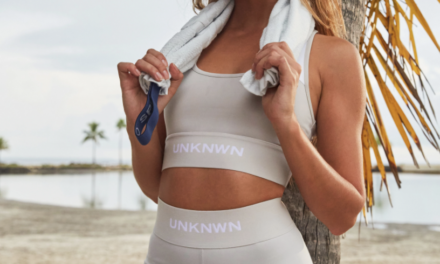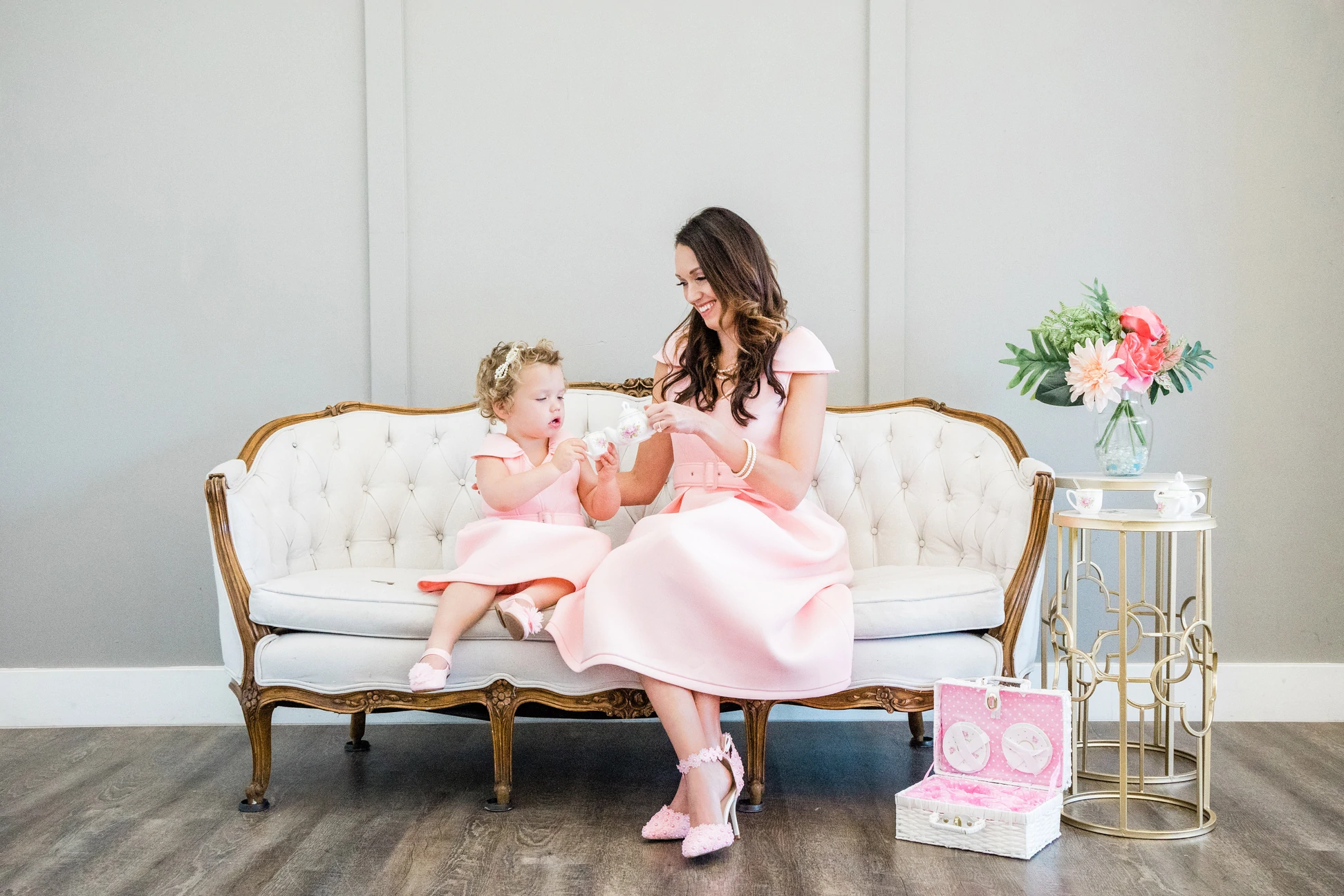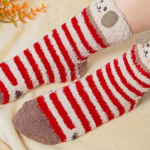
Here at Fashion 360 Magazine, we like to give you enjoyable content to digest and informative pieces to further your knowledge on interesting, current topics. This month, we’re delving into the realm of sustainable fashion with industry expert and founder of ethical fashion store Harebell, Denise Reddy.
Sustainable Fashion Basics
What is the difference between vegan and sustainable fashion?
Veganism is related to everything involving animal welfare. Many vegan certified or cruelty-free products are very super contaminant and therefore not sustainable. Sustainable fashion includes many vegan and cruelty-free products but is so much wider. It has to do with circularity, fair wages, and values related to the present and future of our world and our ecosystems. For example, my brand is not vegan. It is cruelty-free. Of course, I have vegan products, but the decision to include llama wool, for instance (a non-vegan product because it comes from an animal), has to do with preserving the Andes ecosystems and their communities. No animals are harmed in the process, and sustainability thrives.
What materials are typically used in clothing that is pronounced as vegan?
Well, you can find anything from faux leather plastic-based alternatives to toxic glues. It is unfortunate because when we go to an extreme point of view, we lose perspective and become as harmful as the other extreme. A plastic-based vegan brand is as bad as an oil company, and I still have trouble understanding why consumers support plastic-based companies. Our oceans are full of microplastics that we then consume through food and water. It was even found in breastmilk. I believe banning plastic as much as we can from our lives is the best we can do, including many vegan brands.
Can you give some examples of sustainable textiles?
Sustainable textiles are organic cotton, linen, hemp, biodegradable vinyl made of sugar cane, pineapple, or mushroom leather. There is so much going on and so many new exciting materials that it is a dream for anyone vegan or with sustainable values.
Tell us about PU (polyurethane) vs. PVC (polyvinyl chloride) leather alternatives and their environmental impact?
Synthetic leathers are very bad. First of all, they come from a nonrenewable resource (petroleum) that has a very contaminant extraction process. Refineries have a harmful process, too, for the people who work there and the planet. Secondly, the life cycle of some of these leather alternatives is concise. I think we can all relate to having a faux leather break apart after some rain or little use. Lastly, it can not be recycled and will end up in our landfills or burned somewhere. It is so toxic!
The three stages of evaluating sustainability fail; how it was made, usability, disposability.
Which vegan materials are biodegradable and which are not?
Nylon is vegan and could be recycled, for example. But when washing nylon, you leave microplastics in the water. The biodegradable options are nature-based products such as plant-based textiles (hemp, linen, cotton, etc.), plant-based leathers (mushroom, pineapple, nopal, and many others), bio-resin, wood, natural rubber, cork, and more. Non-biodegradable products include plastic-based textiles (nylon, vegan leather, spandex, elastics, etc.), plastic rubber, toxic glues, plastic resins, etc.
I would love to include a comment about the difference between biodegradable and compostable. Sometimes we purchase products sold as biodegradable, which means they decompose at a specific temperature. Often, consumers are fooled into thinking this product will disintegrate outdoors. This is not the case, and what it means most of the time is that these products can be sent to an industrial composter. In the USA, there are only 2000 industrial composters. So what usually happens is that it ends up in the landfill. It is still better than plastic-based solutions, but it might still be harmful. Every material is biodegradable at some point, so that too might be a greenwashing practice: beware. Compostable, on the contrary, means it will decompose without contamination.
About Denise
How did you come to start the Harebell Shop?
The journey started without really knowing I would get involved in the fashion industry. I knew for sure that I wanted to help consumers purchase with values and avoid getting “cammed” “by greenwashing practices. I am passionate about sharing all that I know about sustainability and “converting” “people who never thought about the consequences of the way they consume, and help them be more aware consumers. That makes my day! Fashion is based on trends, disposal, and needless consumption. It is a destructive industry, and the change will happen when conscious CCEO’sand businesses get involved. I wanted to bring a new perspective to the industry and at the same time help my fellow Latinxs. There is so much going on in Latin America. It is so diverse, knowledgeable, and interesting that representing Latinx sustainable designers in my shop is an honor. Harebell Shop proudly represents those great sustainable designers and offers three collections. We will continue to grow in different areas and just launched our compostable gender and size-inclusive underwear with Osun Collection. It is going to be a great 2022!
Do you have a background in mainstream fashion, or was it always sustainable fashion for you?
Oh definitely. I used to be a fast fashion consumer, like everyone over 20, I think (I am 35!). My biggest switch was when I became a mom. During pregnancy, I saw the world with different eyes and realized I ddidn’twant harmful fabrics and toxic materials in my sson’snursery. TThat’swhen I started researching and learned all the available alternatives. It is a fascinating time where a lot of sustainable options are emerging.
How do you select the brands you work with?
They go through an extensive review, which starts with whether I like the products! Then I interview the owner to know and understand their processes. If they meet our criteria, then the brand is added. Since I see Harebell as a certificate, I make sure fair wages are paid, good labor conditions are part of the triple impact sustainability has. It is not just about the environment. It has to include the social and economic aspects too!
Can you tell us a little about your progress towards becoming a B Corp (and what it entails for those unfamiliar?)
B Corp is the term used for any for-profit entity certified by the nonprofit B Lab as voluntarily meeting higher standards of transparency, accountability, and performance. It is a very long and hard questionnaire about different sections such as wages (social), light and water consumption (environmental), inclusion (team), and so on. Having this certification proves that we comply with those strict requirements. It is a way to give extra peace of mind to our customers. When purchasing from a B Corp, they know they are supporting an honest company, with fair wages throughout, proper garbage disposal, etc.
Having this certification shows that we do what we say. It is a third party stating and evaluating everything we as companies do. It is a great added value to have and avoid greenwashing practices.
How can we shop for vegan and sustainable apparel? What’s the first step a shopper should take for starting their sustainable fashion journey?
It is all about rethinking, “o I need that garment?” We probably have enough at home and can repurpose what we have, but if not… then start with quality always—high quality, well-made clothes and shoes last longer. We spoke a lot about circularity and knowing the raw materials used and future disposal of those garments. LLet’stalk about care now. Caring for those items is key for them to last longer. I am not good at hand washing. I know I get lazy, and it piles up, so I try to purchase clothes I can put in the laundry machine—IIt’salso about knowing yourself and buying accordingly. So, when purchasing, always look for transparent TAGS that show where that item was made and with what materials. Green-colored labels might be greenwashing practices…beware! Remember also to avoid any types of plastics.
You can find out more about DDenise’sstory here and browse the Harebell Shop here.
Of course, sustainable fashion can still be somewhat of a luxury, so it’s good to remember that the most sustainable clothes you can own are the ones you already have in your closet.
Edited by Wynter Aiken











